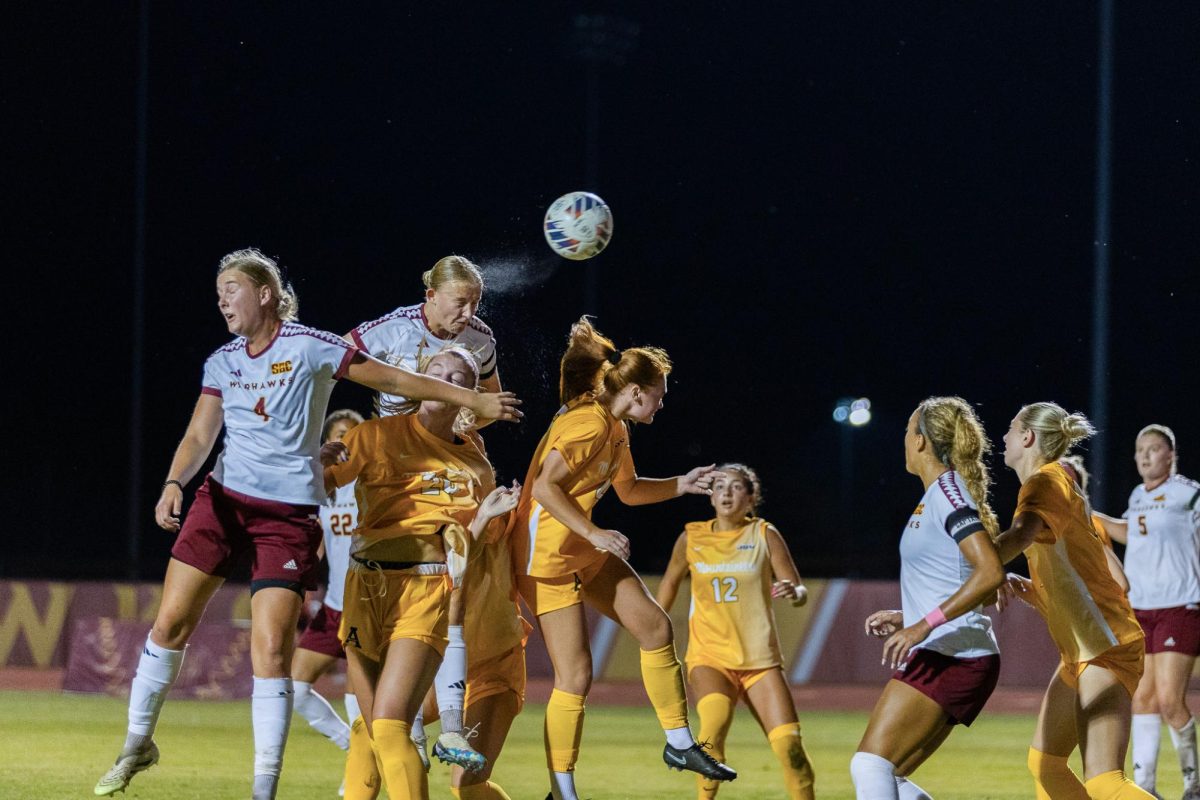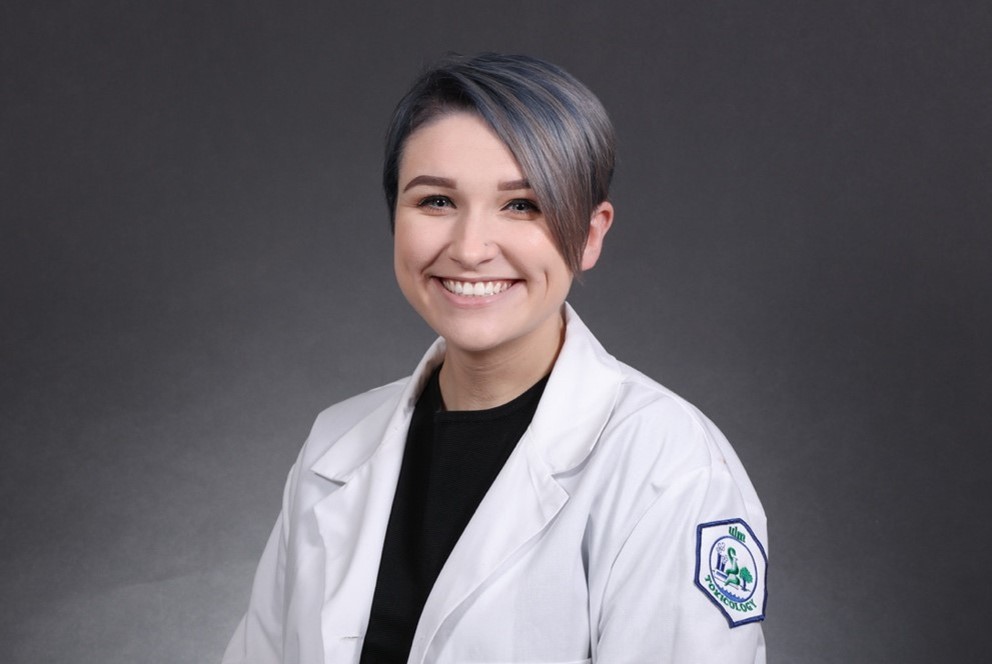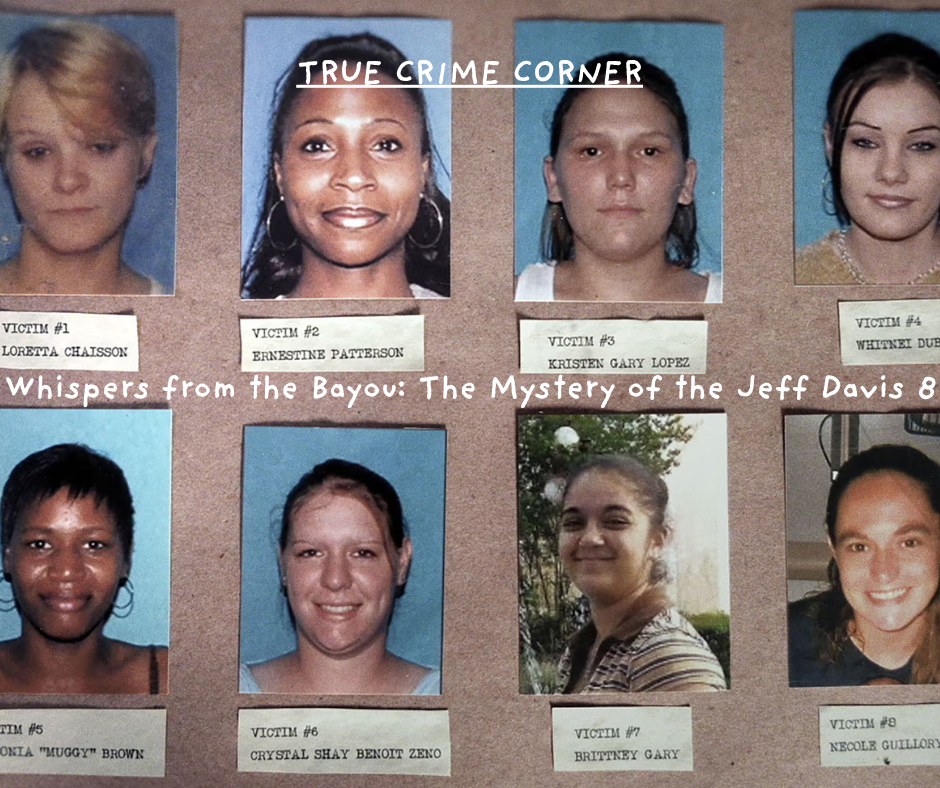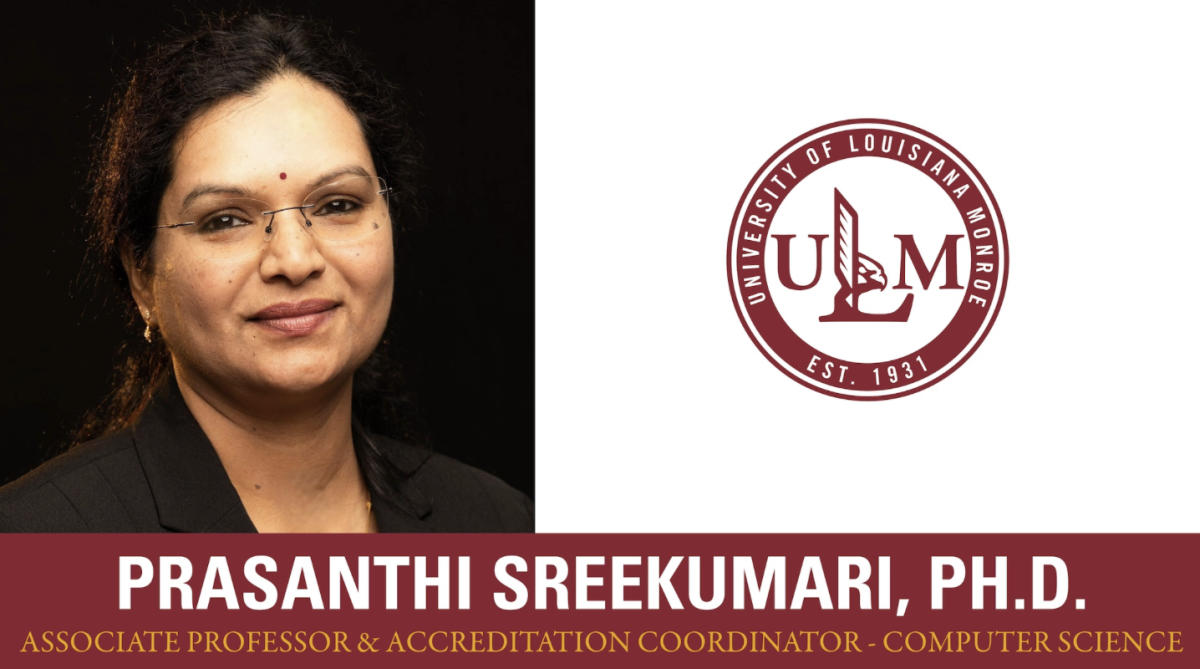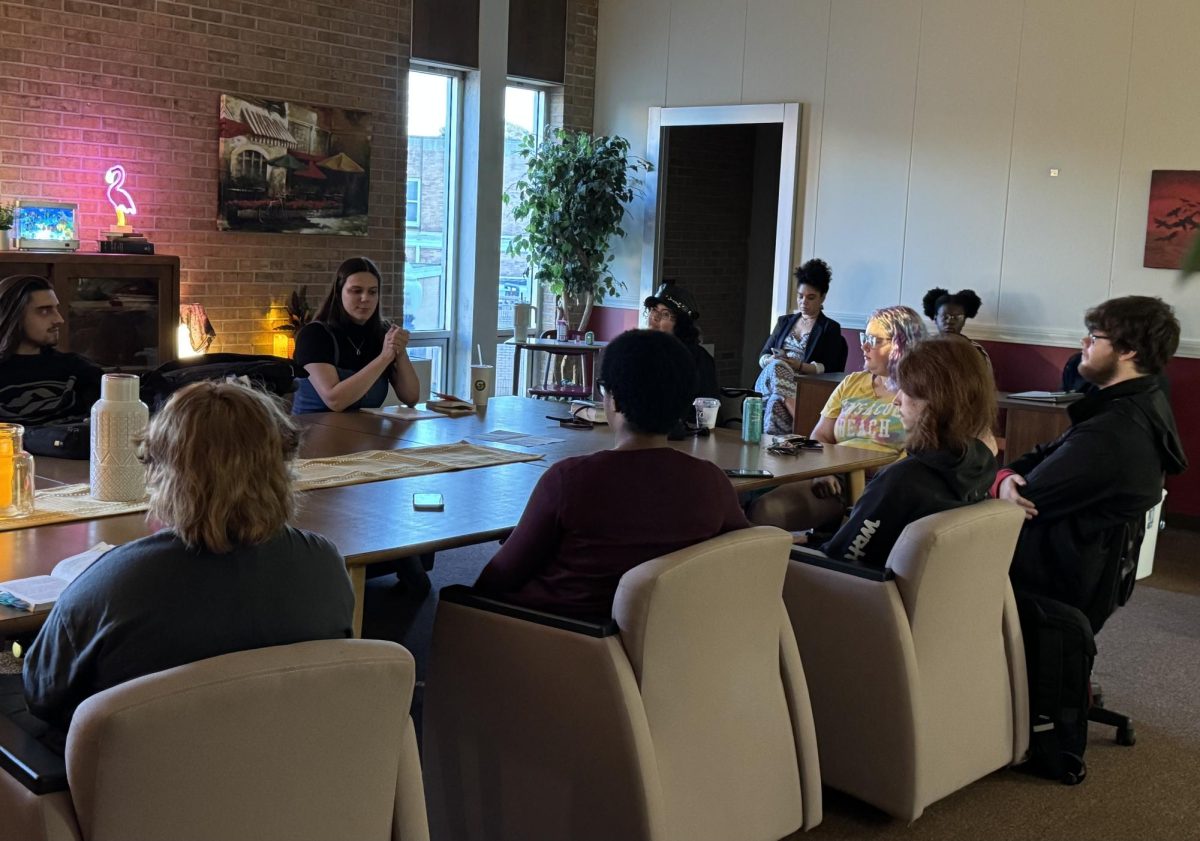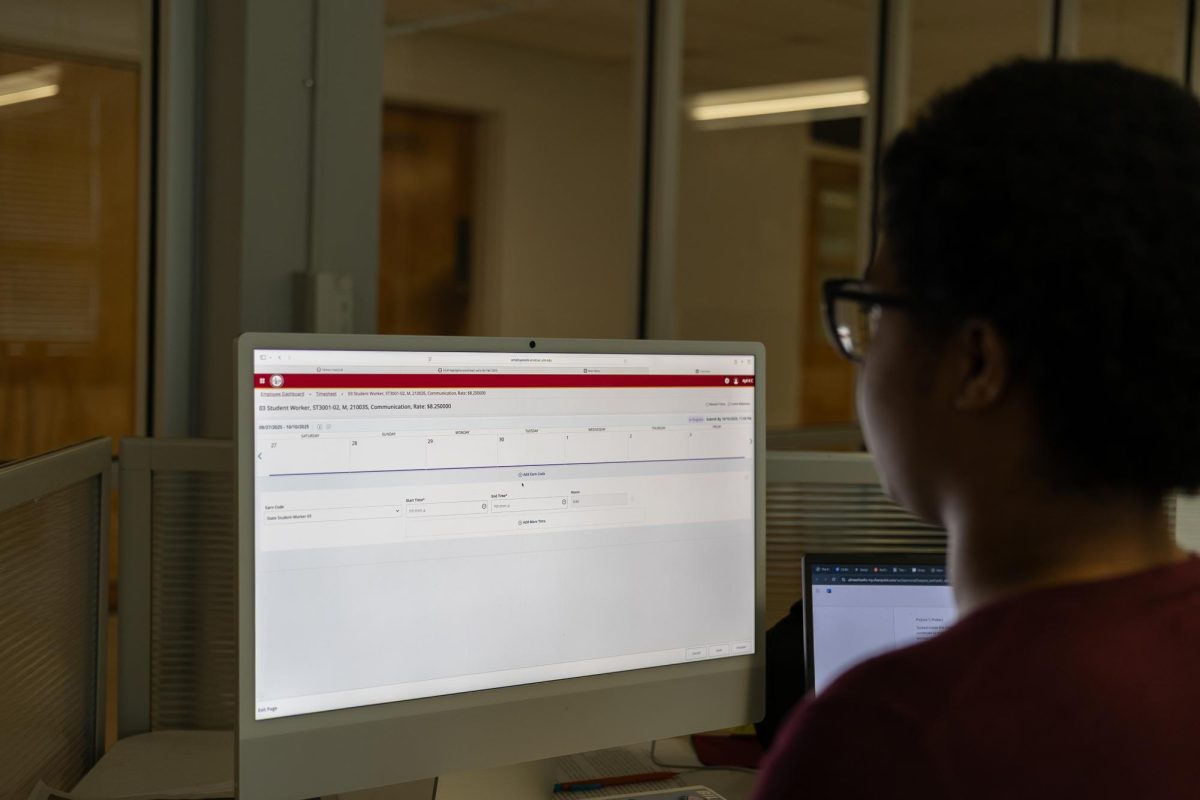 ULM’s Natural History Museum’s fate is somewhat unknown due to three buildings on campus being unavailable.
ULM’s Natural History Museum’s fate is somewhat unknown due to three buildings on campus being unavailable.
The museum, currently housed on the third floor of Sandel Hall, has to move by the end of the year due to Sandel being renovated into a “one-stop shop” for student services, according to Dr. Thomas Sasek, director of the Museum of Natural History and associate professor of biology.
At the beginning of the semester, it was decided that Sandel would be completely gutted for renovations and the bookstore would have to be moved to the first floor of Hanna, which is when the museum became officially homeless.
Originally, the museum was to move to the first and second floors of Hanna Hall.
After the June 2012 Walker Hall fire, classroom and office space was needed and the museums relocation was altered.
The museum was then to be placed on the second floor of Hanna for its displays, while the research collections would be moved to Brown Stadium.
“It was then that the call went out to find space, either on campus or off campus,” said Sasek.
Sasek and other faculty members have been working closely with Dr. Stephen Richters, ULM’s executive vice-president, and other administration to determine a solution.
Multiple attempts to contact Richters went unanswered, but according to a letter he wrote to the “Save the ULM Museum of Natural History” Facebook page, he said:
“While some components may be stored temporarily, the university intends to renovate Hanna Hall as the permanent home for our museum, one that provides additional space in which we can professionally house and continue to grow our amazing collections.”
The renovation of Sandel is supposed to start by the end of the year or the beginning of the new year. An exact date hasn’t been set, but the museum needs to find a place within the next month.
With the Walker and Sandel renovations in place, and if it doesn’t find a temporary home, the museum could be boxed up for at least two years.
“There’s still hope that we might find some space even if it’s a smaller space. We’re looking at all ideas,” Sasek said. “The display area of the museum is the problem because they have to be out of the building soon and if nothing comes up the worst case scenario is that the displays will go into storage.”
Michael Roboski, a junior general business major, went on fossil expeditions with Dr. Gary Stringer, former head of the geology department and curator of the museum. He said the museum is “ULM’s hidden gem.”
“I really hope it comes back so all of the hard work and donations of people who loved the museum as much as I do don’t go to waste,” said Roboski.
“It really breaks my heart to know that it is likely being closed indefinitely.”
The ULM Museum of Natural History is the largest herbarium, plant collection, in the state with a sample of 99.5 percent of all specimens in the state.
It is also the third largest university fish collection and the only natural history museum in the area.
Last year, Louisiana Secretary of State Tom Schedler added the museum to a prestigious list of must-see stops for tourists in the state. It was also featured prominently during ULM President Nick Bruno’s investiture week festivities.
Many science classes use the museum for research. Students throughout the years collected many of the samples found in the museum today. Some classes are required to log hours in the museum.
“To have a museum like this in a small town is nice,” said Sasek. “The public concern is that administration is not being supportive, but we feel that they are.”


